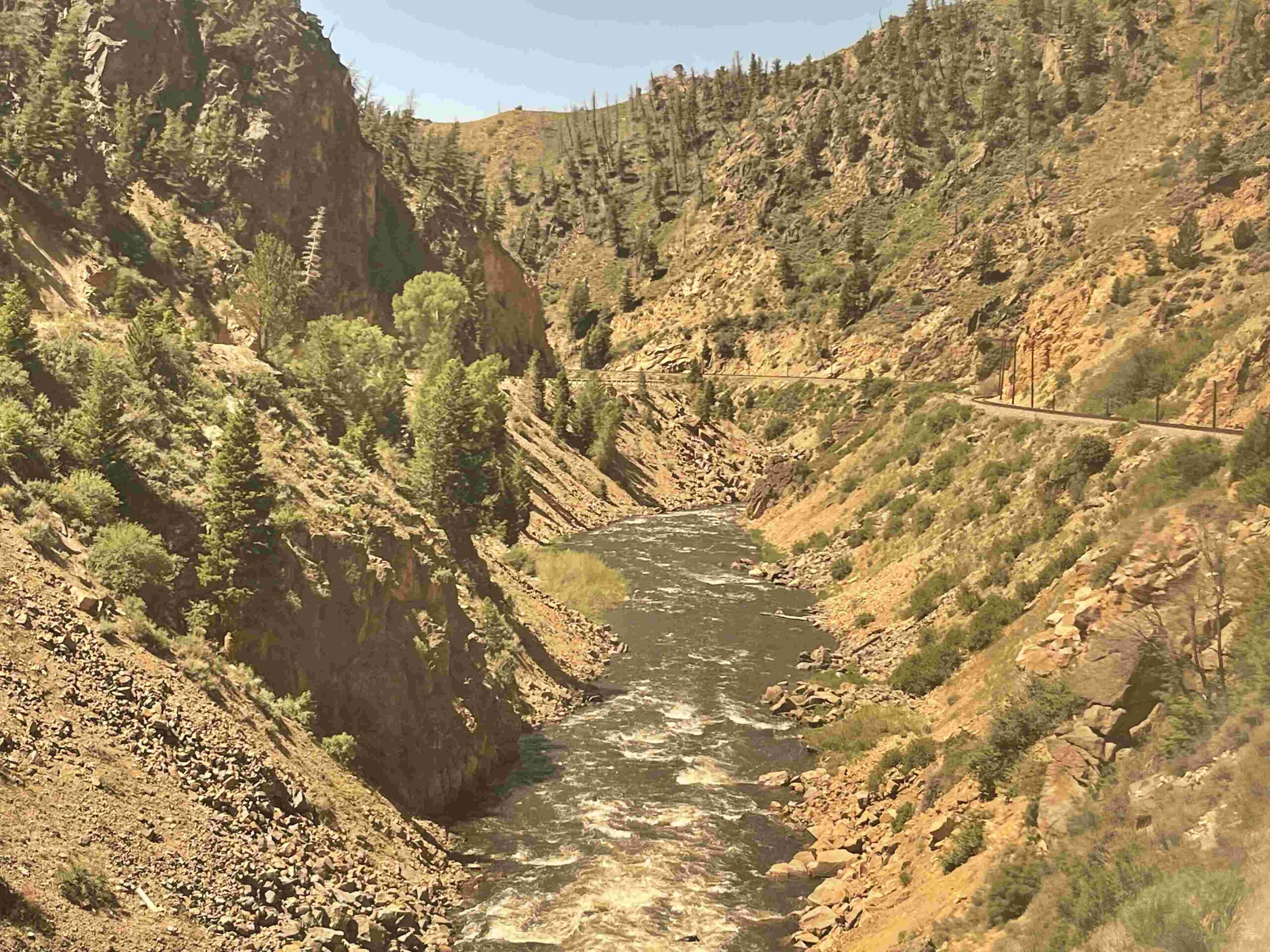The Colorado River flow data near Glen Canyon Dam provides crucial insights into water management, ecological impacts, and power generation in the Southwest United States. Current measurements, historical trends, and future projections are essential for understanding the complex hydrology of this vital water resource. This analysis explores recent flow data, seasonal variations, and the implications for the surrounding ecosystem and human activities.
What Are the Current Flow Measurements at Glen Canyon Dam?

As of November 2024, the hourly releases from Glen Canyon Dam are managed according to the 2024 Long-Term Experimental and Management Plan (LTEMP) Record of Decision (ROD). Key points include:
- Daily flow range: Not to exceed 8,000 cubic feet per second (cfs)
- Ramp rates: 4,000 cfs/hr up and 2,500 cfs/hr down
- November 2024 release volume: 500,000 acre-feet (kaf)
- Anticipated December 2024 release volume: 600,000 kaf
These measurements ensure compliance with regulatory requirements while balancing power generation and environmental needs.
How Do Historical Trends and Seasonal Variations Affect Colorado River Flow?

The Upper Colorado River Basin experiences significant year-to-year hydrologic variability:
- Average unregulated inflow to Lake Powell (2000-2020): 8.62 million acre-feet (maf)
- Percentage of 30-year average (1981-2010): 80%
- Range of inflow:
- Lowest: 2.64 maf in 2002
- Highest: 15.97 maf in 2011
- Recent data: 3.50 maf in 2021 (second driest year on record)
These variations highlight the importance of adaptive management strategies for water resources in the region.
What Are the Recent Discharge Data and Peak Flow Events?
Recent discharge data and peak flow events provide insights into the current state of the Colorado River near Glen Canyon Dam:
Recent Discharge Data (October 2024)
- Release volume: 483,000 kaf
- Unregulated inflow volume to Lake Powell: 291,000 kaf (64% of average)
Peak Flow Events and Impacts
- High Flow Experiments (HFEs):
- Designed for May, June, July, or August
- Up to three 8-hour flow spikes per month
-
Aim: Maintain daily average water temperature and support ecological health
-
Instantaneous release fluctuations:
- Range: About 1,300 cfs above or below hourly scheduled release rate
- Purpose: Provide 40 megawatts (MW) of system regulation
- Impact: Minimal on downstream river flow conditions
What Are the Glen Canyon Water Level Statistics?
Understanding water level statistics is crucial for assessing the overall health of the Colorado River system:
Current Water Levels (October 2024)
- Lake Powell elevation: 3,576.88 feet (123 feet from full pool)
- Storage: 9.05 million acre-feet (maf)
- Percentage of live capacity: 39%
Historical Context
- 2000-2022: Lowest 23-year period since dam closure in 1963
- Average unregulated inflow (2000-2022): 8.29 maf
The correlation between water levels and flow measurements is evident in the monthly water release schedules, which are based on:
1. Anticipated inflows
2. Release requirements
3. Storage targets for Lake Powell
These schedules are regularly adjusted to maintain optimal water levels and comply with operational requirements.
How Does Colorado River Hydrology Impact Water Quality and Sediment Transport?
A comprehensive analysis of Colorado River hydrology near Glen Canyon Dam must consider various factors:
Water Quality Metrics
- Temperature management:
- Release of cooler water from river outlet works or bypass tubes
- Triggered when river temperatures exceed certain thresholds
- Example: Cooling releases initiated in July 2024
Sediment Transport
High Flow Experiments (HFEs) play a crucial role in sediment management:
– Purpose: Mimic natural flood events
– Duration: Short, high-volume water releases
– Benefits:
1. Maintain sediment transport
2. Support Colorado River ecosystem health
Ecological Implications of Flow Changes
The regulation of flows from Glen Canyon Dam has significant ecological impacts:
– Affects downstream habitat
– Influences distribution of aquatic species
– Balances power generation with ecological needs
– Aims to minimize environmental impact while maintaining efficient power operations
Where Can Visitors Access Colorado River Flow Data Near Glen Canyon Dam?
For those interested in observing or studying these hydrological phenomena, the following resources are available:
- Current Reservoir Elevation Projections: Lake Powell Elevation Projections page
- Monthly Release Projections: Lake Powell Release Projections page
- Inflow Forecast: Lake Powell Inflow Forecast page
These resources provide up-to-date information for researchers, water managers, and interested members of the public.
What Are the Key Takeaways from Colorado River Flow Data Near Glen Canyon Dam?
The analysis of Colorado River flow data near Glen Canyon Dam reveals:
- Significant year-to-year variability in water flow and levels
- Careful management of releases to balance multiple needs
- Importance of High Flow Experiments for ecosystem health
- Ongoing challenges in maintaining water quality and sediment transport
- Critical role of data collection and analysis in water resource management
Understanding these factors is essential for effective long-term management of the Colorado River system and its resources.

